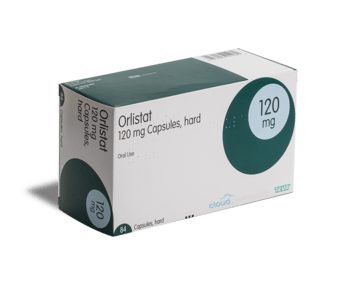For many couples, the journey to parenthood is a joyous and exciting time. However, for some, the path can be filled with unexpected detours and challenges. One such hurdle can be a diagnosis of azoospermia, a condition where no sperm are found in the ejaculate. While receiving this news can be discouraging, it’s important to remember that advancements in medicine offer a variety of azoospermia treatment options, allowing many couples to realize their dream of parenthood.
Understanding Azoospermia
Before exploring treatment options, let’s delve deeper into azoospermia itself. There are two main types:
-
Obstructive Azoospermia: This occurs when a blockage in the male reproductive system prevents sperm from reaching the ejaculate.
-
Non-obstructive Azoospermia: This happens when sperm production in the testicles is either severely low impaired or completely absent. Factors like genetic abnormalities, hormonal imbalances, or prior testicular infections can contribute to this type.
1 out of every 7 couples face infertility today. Where most cases remain untreated because of unknown reasons, those where the problem is detected are led by male infertility. Once men understand what azoospermia is, it then becomes easier to seek help. Because most of the time, this problem is treatable, giving desperate couples a light of hope to realize their dream.
Diagnosing Azoospermia
A diagnosis of azoospermia typically begins with a semen analysis. If no sperm are found in a series of tests, your doctor may recommend additional investigations to get to the root cause.
-
Hormone Level Checks: Blood tests can assess levels of testosterone, follicle-stimulating hormone (FSH), and more to identify potential hormonal imbalances.
-
Scrotal Ultrasound: This test can help get a better view of the testicles from the inside, hence helping to detect any abnormalities in structure.
-
Testicular Biopsy: In some cases, a small tissue sample may be taken from the testicles to examine sperm production directly.
The Path to Parenthood with Azoospermia Treatment
The most suitable azoospermia treatment depends on the type and cause of the condition. Once the infertility expert can find the root cause, deriving the treatment plan becomes much easier. These include:
-
Surgical Procedures: If a blockage is identified as the cause, surgical procedures like microsurgical vasectomy reversal or sperm retrieval from the epididymis (MESA) can often remove the obstruction and allow sperm to flow freely.
-
Hormonal Therapy: Hormonal imbalances can sometimes be corrected with medications like testosterone or FSH, potentially stimulating sperm production in the testicles.
-
Sperm Retrieval Techniques: Even in cases of minimal sperm production, specialized techniques like testicular sperm extraction (TESE) or micro-TESE can retrieve sperm directly from the testicles. This retrieved sperm can then be used for advanced reproductive technologies like IVF or IUI.
Finding Hope and Support at Genova IVF and Fertility Centre
A diagnosis of azoospermia can be overwhelming, but it’s crucial to remember you’re not alone. At ivf treatment, our dedicated team of fertility specialists understands the emotional challenges couples face. We offer comprehensive evaluations, advanced diagnostic procedures, and personalized azoospermia treatment plans tailored to your specific situation.
We are equipped with the latest technology and highly skilled professionals who specialize in advanced sperm retrieval techniques and assisted reproductive technologies. We work closely with you to understand your individual needs and concerns, discuss all available options, and create a treatment plan that offers the highest chance of success.
Our commitment extends beyond providing medical expertise. We understand the emotional complexities of azoospermia treatment. Genova IVF and Fertility Centre offers counseling and support services to help you navigate the emotional rollercoaster of infertility and provide a safe space for open communication with your partner.





